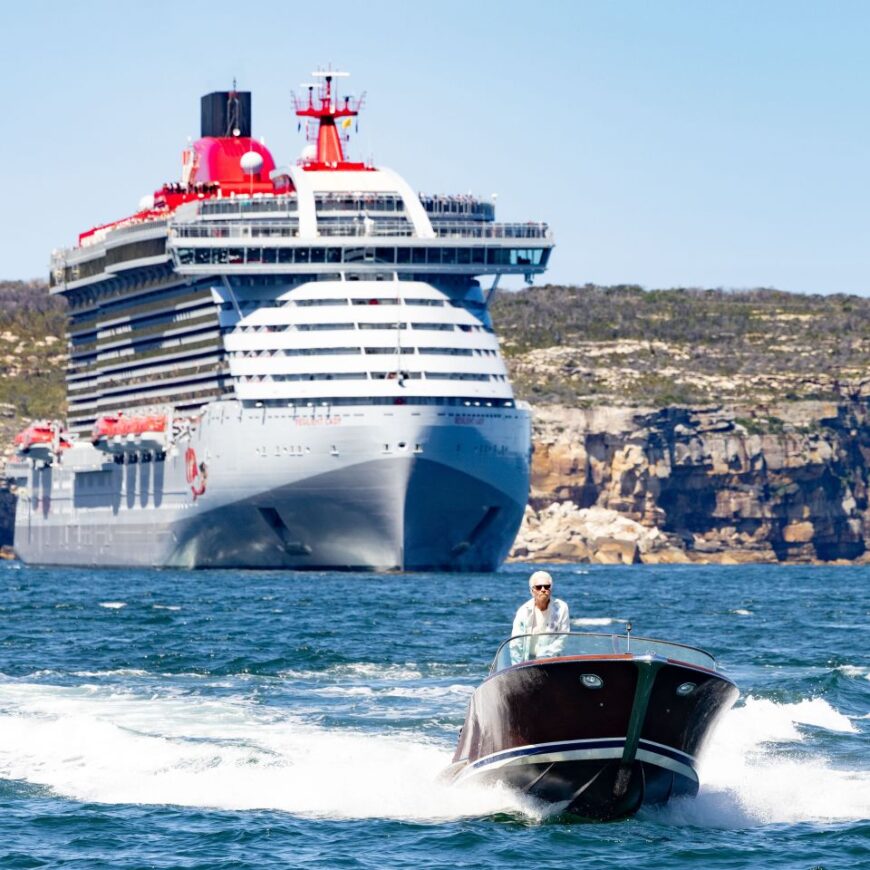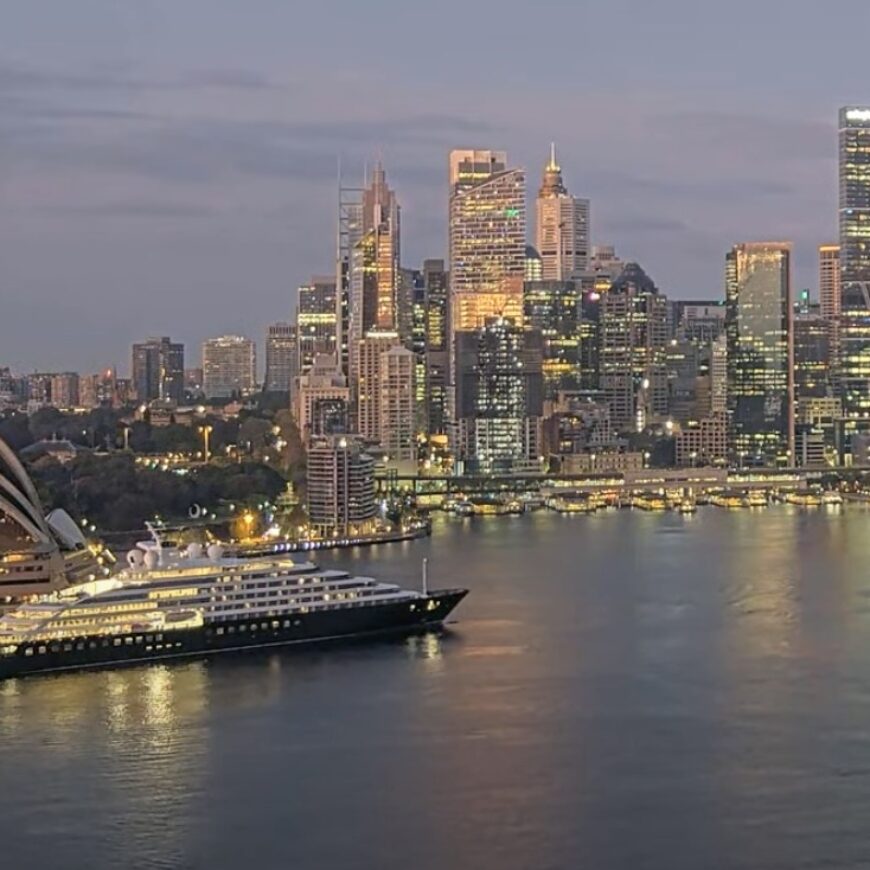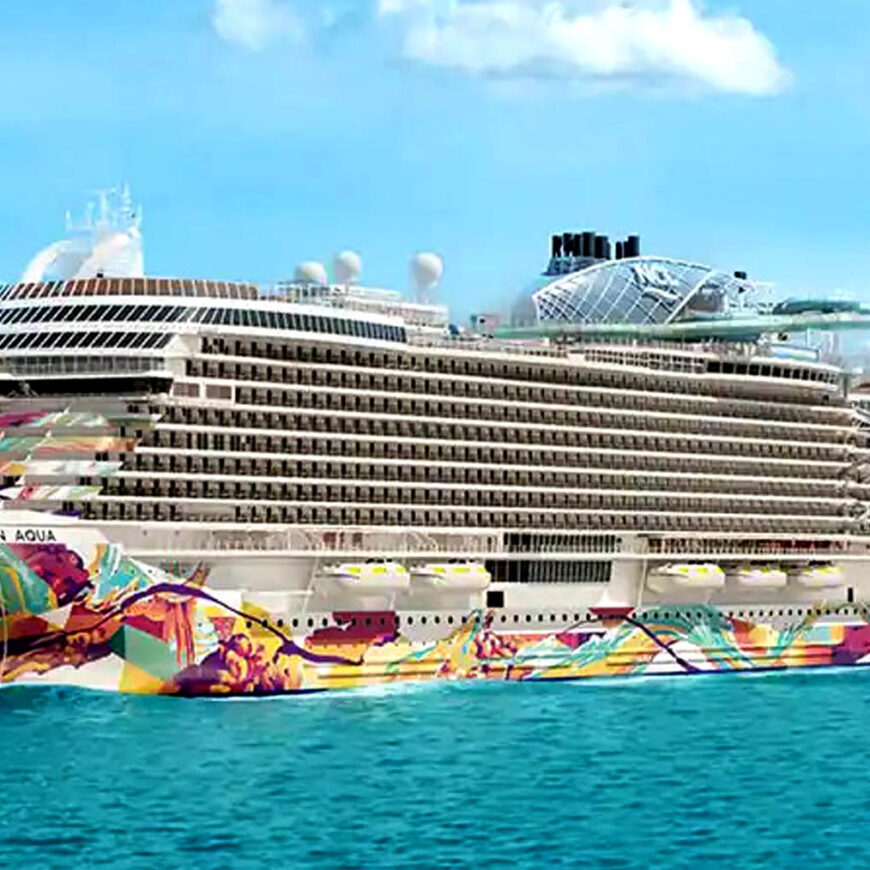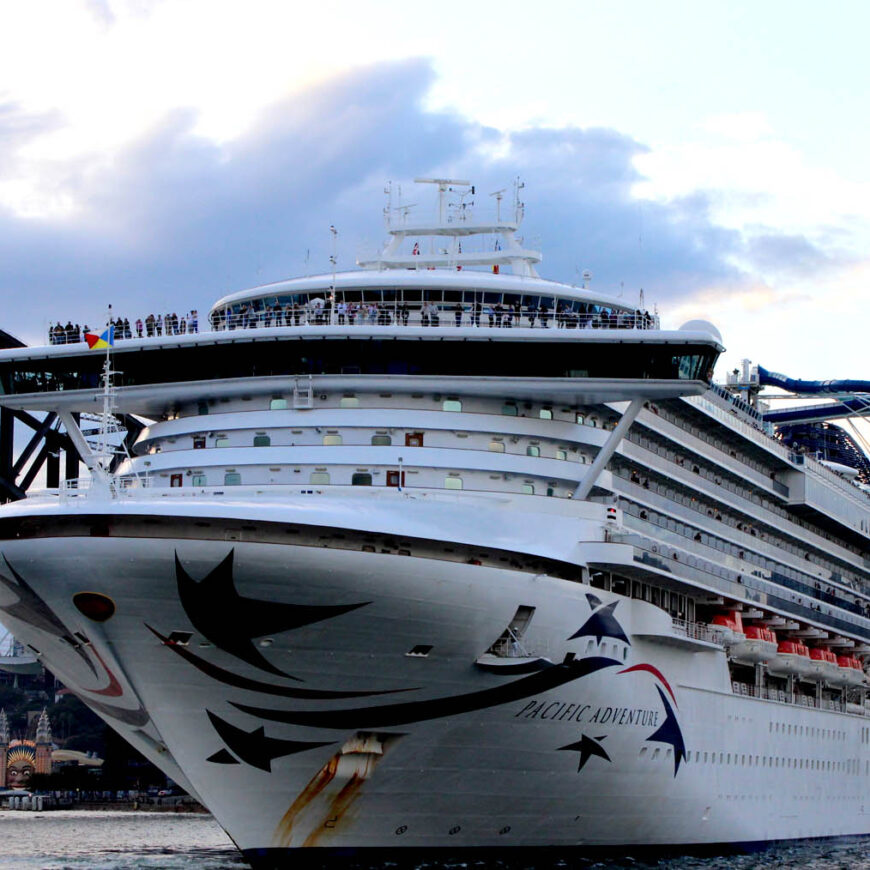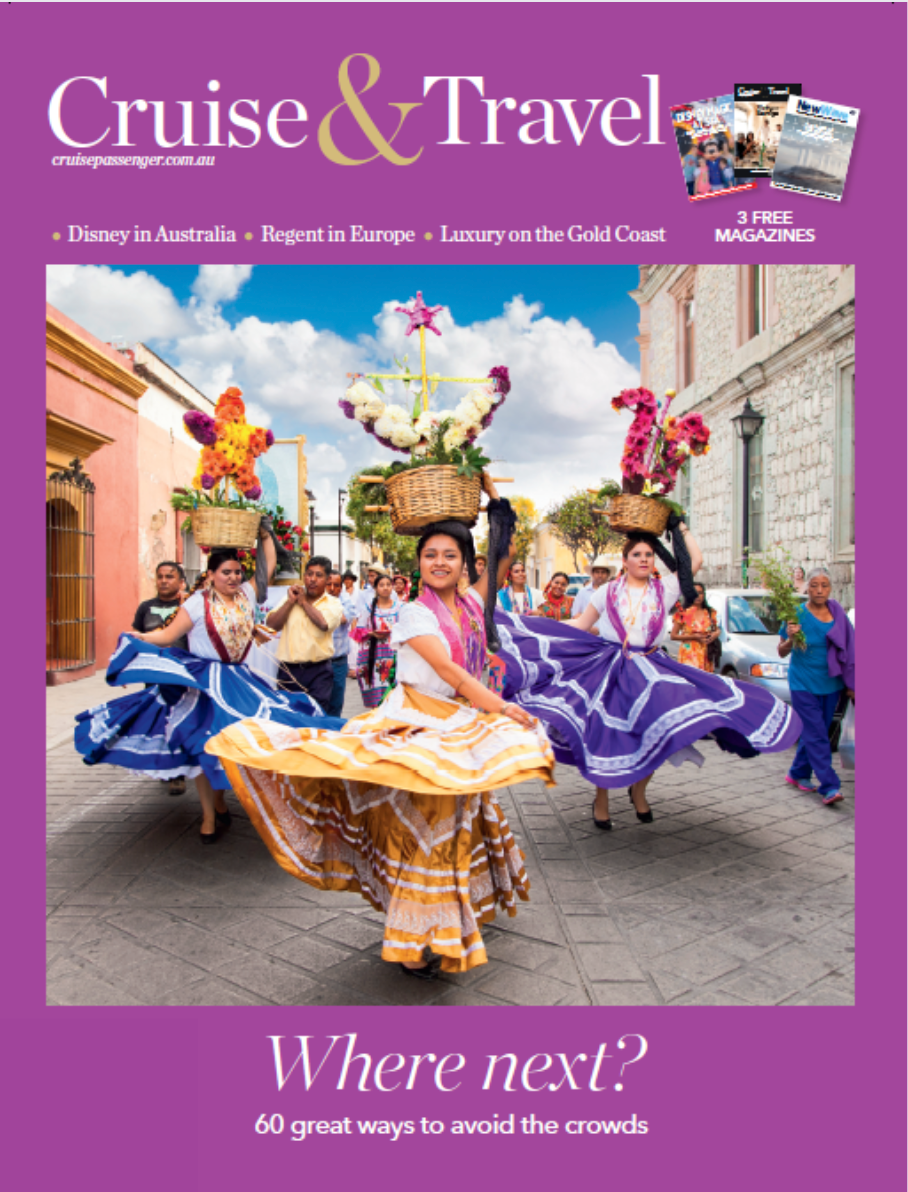Hurtigruten turns to batteries to power “the world’s most beautiful voyage”
NewsAll seven Hurtigruten Norwegian Coast Express ships will be transformed into hybrids to reduce CO2 emissions by 25% and nitrogen oxide emissions by 80%. This will be achieved through a transformation to battery-hybrid power, combined with the installation of new low-emission engines and large battery packs.
Hurtigruten Norwegian Coastal Express CEO Hedda Felin spoke excitedly about the announcement: “The world’s most beautiful voyage just got even better.”
“We are combining the best available technical solutions and cutting CO2 emissions along the Norwegian coast by at least a quarter. And most importantly, we are laying the foundation for introducing new and even more efficient environmental solutions as they are developed.”
While this is a big step, Hurtigruten Group CEO Daniel Skjeldam sees it as just that, a step, towards eventually reaching zero emissions: “Our goal is to operate all our ships and all our cruises completely emission-free.”
“While we get one step closer day-by-day, we cannot sit idle and wait for the technology to be in place. We are working closely with our partners to drive change, move boundaries while we at the same time utilise the best solutions available already today.”
Hurtigruten has a history of leading the way with sustainability.
They launched the world’s first battery-hybrid powered cruise ships with MS Roald Amundsen and MS Fridtjog Nansen, banning single-use plastics in 2018 and experimenting with biofuel, which will be partially introduced this summer.
While it’s not the prettiest side of cruising to think about, Hurtigruten addressing sustainability is very important and admirable in addressing the impact of cruising on the environment. For example, in 2017, Carnival Corporation alone emitted almost 10 times more sulphur oxide around European coast than all 260 million European cars.
Cruise ships also emit up to four times more CO2 per passenger than planes do and 3000 people at sea produce approximately 800 cubic metres of sewage. This sewage all too often ends up in the ocean rather than being properly treated and sterilised.
However, the cruising world is privy to this, in 2019 Adam Goldstein, the global chairman of the Cruise Lines International Association (CLIA) told The Economist: “The cruise sector represents 2% of the overall travel industry: we are a small part of the 1.5 billion individual trips made per year, but we need to play a leadership role in sustainable tourism.”
Hurtigruten is leading the way in sustainability innovations and it’s hoped other cruise lines will follow their lead.


